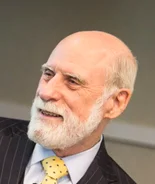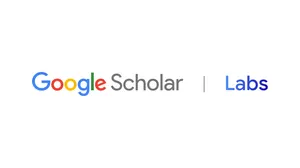Students changing the world—this year’s Science Fair winners

When Google Science Fair launched last fall, we challenged students to channel their curiosity and ingenuity to invent, code or build a solution to a problem they’re passionate about. Thousands of students participated, and this weekend we welcomed our 24 finalists—from 14 countries around the world—to explore Google’s headquarters to reveal the winners.
Left: The Google Science Fair Grand Prize winner, Fionn Ferreira, is from Ireland. He found a novel approach to removing microplastics from water. Right: From Indonesia, Celestine Wenardy is this year’s winner of the Virgin Galactic Pioneer Award for her new approach to creating a low-cost, non-invasive glucose meter.
Left: A U Nachiketh Kumar, Aman K A, from India, won the National Geographic Explorer Award. Their project uses fruit to make environmentally-safe rubber. Right: Tuan Dolmen, from Turkey, is the winner of the Scientific American Innovator Award. His project explores how to harvest power from tree vibrations.
Daniel Kazantsev, from Russia, is the Lego Education Award winner. His project is about finding a new way for people who are deaf or hard-of-hearing to communicate.
Left: Dana Yerlanova and Dilnaz Kamalova, a Google Science Fair team from Kazakhstan, are using technology to help the elderly manage their health. Right: Faria Zubair (pictured) and her Google Science Fair partner Zain Samdani are from Saudi Arabia. Their project is about using exoskeletons to retrain the brains of stroke patients.
Left: What can spider webs teach us about water reuse? That was the driving question behind Jonathan Chan’s project. He came all the way from New Zealand for the Google Science Fair! Right: Shreya Ramachandran, from California, investigates how soapnut grey water from laundry can be used for irrigation.
These changemakers tackled issues across sustainability, healthcare, and accessibility. We saw impressive entries that used a variety of STEM disciplines—from using AI to help detect disease in plants to finding new ways to diagnose heart disease.
Ready to find out who the winners are?
- Grand Prize: Fionn Ferreira—a West Cork, Ireland resident who wants to help save the oceans by extracting harmful microplastics from wastewater.
- Virgin Galactic Pioneer Award: Celestine Wenardy— a student from Indonesia who set out to find affordable, non-invasive ways for members of her community to test their blood sugar levels
- Scientific American Innovator Award: Tuan Dolmen—a Turkish science enthusiast who found a way to harness energy from tree vibrations.
- National Geographic Explorer Award: Aman KA and AU Nachiketh—two young scientists from India who found an eco-friendly way to coagulate rubber.
- Lego Education Builder Award: Daniel Kazanstev—a Russian student who wanted to find a better way to help those with impaired hearing communicate with the world around them.
We were joined by a panel of judges, including our partners: Lego Education, Scientific American, Virgin Galactic and National Geographic. Mariette DiChristina, Editor in Chief of Scientific American and the chief judge for this year’s competition praised Fionn for his “tenacity and dedication to solving an important environmental problem embodies the spirit of exploration.” A big thanks to Mariette and the other judges for lending their expertise across science and engineering to help us to find the next generation of problem solvers.
Behind every ambitious student are parents and teachers (hats off to you!) who cheer them on, and push them to keep learning. And to the students, you rock. We can’t wait to see what you do next..







